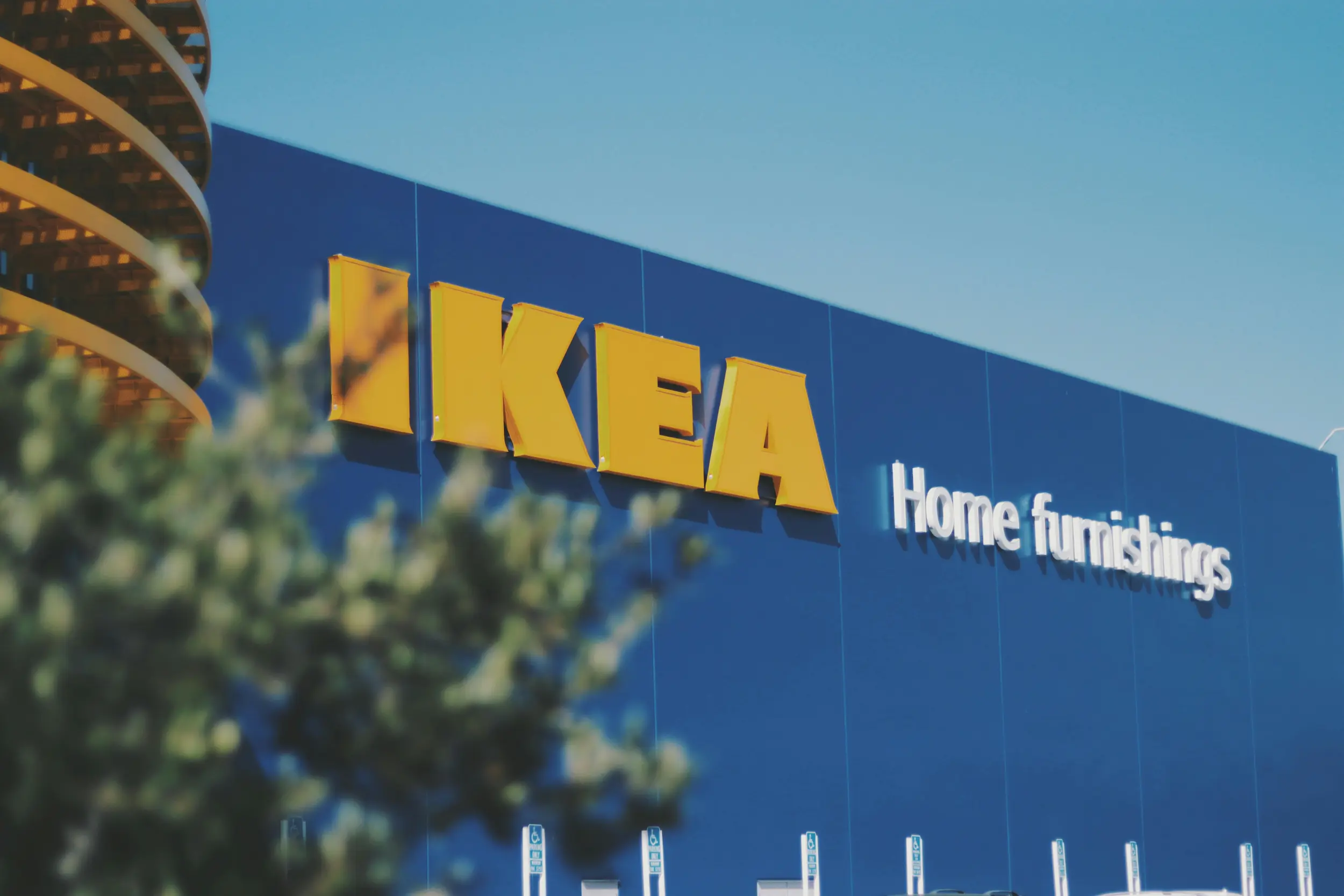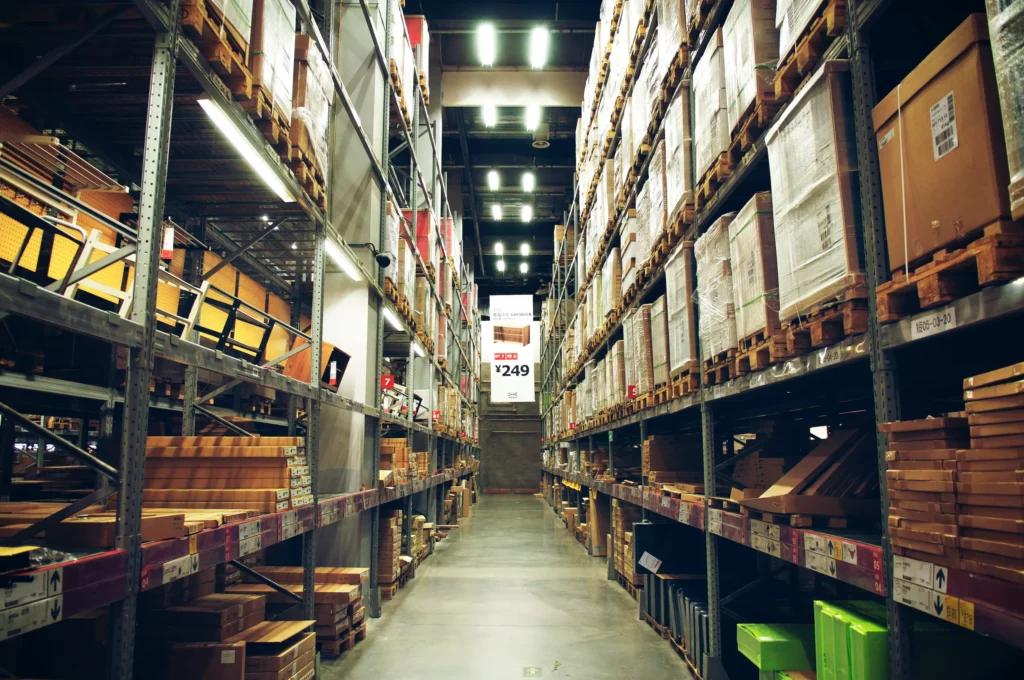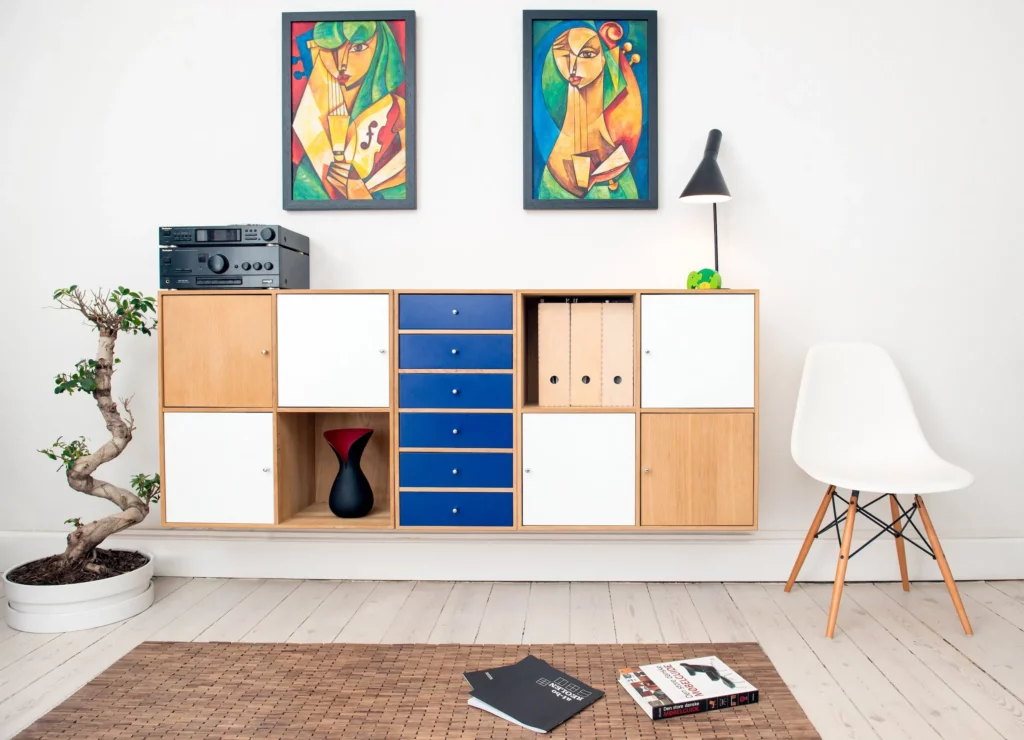You can say that “I like IKEA”, “I don’t like it” or even that “I only go there for the meatballs”, but the facts don’t change all of this. IKEA is one of the most successful furniture retail companies in the world. You could say they don’t just sell furniture and decorations, but also a kind of lifestyle.
What secrets and practices may be behind the growing success of IKEA?
The success of IKEA can be attributed to Kamprad’s visionary approach, who believed that well-designed, functional furniture should be accessible to everyone “To create a better everyday life for the many people.” This philosophy of emphasizing affordability and sustainability is the driving force behind IKEA’s success.
All of this has been complemented over the years by various economically or marketing-wise particularly useful and unique solutions, which I now intend to present comprehensively.
Flatpack Innovation
One of the most iconic aspects of IKEA’s success is its flatpack furniture concept. This innovation revolutionized the way furniture is manufactured, transported, and assembled. By packaging furniture in flat boxes, IKEA reduced production costs, minimized transportation expenses, and made it convenient for customers to transport and assemble furniture at home. This not only saved customers money but also contributed to the company’s environmental sustainability goals.
The In-Store Experience
IKEA’s physical stores offer a unique and immersive shopping experience. Customers can wander through room setups that showcase how the furniture can be integrated into real living spaces. This “store within a store” concept enables customers to envision their homes with IKEA products. Additionally, IKEA restaurants and Swedish food markets inside their stores makes shopping more enjoyable and memorable.
Unique Product Design
IKEA is known for its stylish, functional, and often modular furniture that appeals to a wide range of customers. Scandinavian design aesthetics makes their furniture timeless and adaptable to various home decor styles. In this regard, the results speak for themselves; IKEA has been consistently selling certain pieces, like LACK coffee table, BILLY bookcase or the KLIPPAN sofa since the 1980s. Of course, the execution, prices and design may change somewhat over time, but the product itself remains the same, and its popularity shows no signs of waning.
Commitment to Sustainability
IKEA has made significant strides in sustainability, with an emphasis on responsible sourcing, energy efficiency, and waste reduction. The company has set ambitious goals, such as becoming climate positive by 2030, using only sustainable and renewable materials, and to reduce its carbon footprint.
Market Expansion and Adaptation
IKEA has successfully expanded its reach to 468 IKEA stores in 63 markets according to their website. IKEA’s ability to understand and cater to the unique needs and preferences of various regions and different cultural settings has been a significant factor in its global success.
Online Presence and E-Commerce
In recent years, IKEA has embraced e-commerce and developed a strong online presence. The company’s online store allows customers to shop from the comfort of their homes, and services like click-and-collect and home delivery have made IKEA even more accessible. Online planner softwares, utilizing 3D technology, assist customers in making seemingly professionally challenging designs more user-friendly and even achievable by individuals without expert knowledge.
The success of IKEA is a testament to visionary leadership, innovation, and a commitment to core principles. Focusing on affordability, sustainability, and quality, IKEA offers stylish and functional furniture to a global audience. Their iconic blue and yellow branding, unique product names, and sought-after seasonal items contribute to their enduring popularity. IKEA’s story of success is far from over as they adapt to changing consumer preferences and expand globally.






